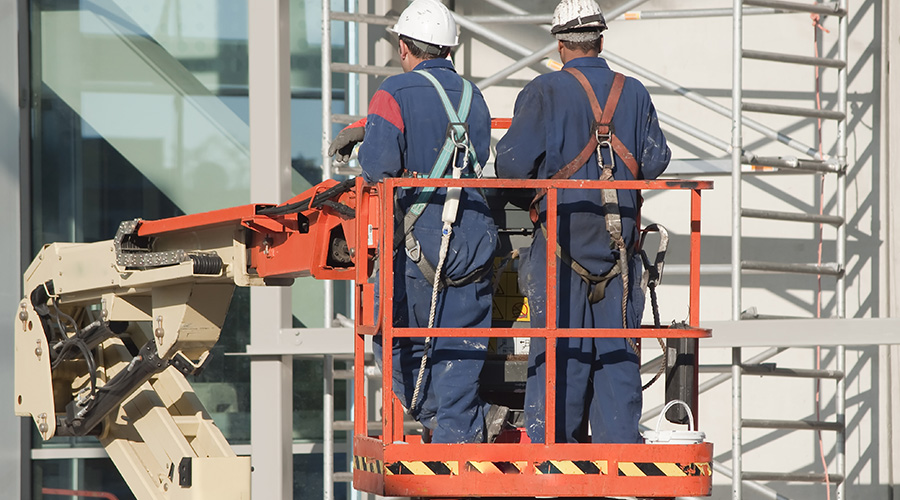Power Source Alternatives for UPS Systems
The phrase alternate power source refers to the energy source supporting the UPS. A sealed battery is the most common alternate power source for a UPS.
A flywheel is another UPS power source. The advantages of the flywheel include smaller space requirements and acceptable operating temperatures that are higher than batteries. This feature can reduce the operational HVAC costs significantly. The main drawback to a flywheel is that it typically provides 20-45 seconds of power.
Another source making its way into the market is compressed air used to fuel the UPS alternate power source. Compressed-air systems do not have the same temperature constraints as batteries and can tolerate much higher and lower operating temperatures.
A compressed-air system has a run time similar to flywheels. While this system is viable, few manufacturers offering the technology, so parts availability might be difficult.
Expandability Issues
Where reliability is essential, one UPS also can be a single point of failure. To provide greater reliability, managers can integrate multiple, smaller UPS modules and batteries to provide redundant power protection. N+1 redundancy means if N modules can supply the needed load, the installation contains N+1 modules. This way, failure of one module will not impact system operation.
Many computer servers offer the option of redundant power supplies, so if one power supply fails, one or more other power supplies can power the load. Plugging each power supply into a different circuit — i.e., to a different circuit breaker — further enhances redundancy.
Technicians can extend redundant protection still further by connecting each power supply to its own UPS. This provides double protection from a power-supply failure and a UPS failure, ensuring continued operation. This configuration is also referred to as 2N redundancy.
Configuring the power-distribution system properly allows a manager to add UPS modules as needed to support growth of the system. Smaller UPS — 20 kW to 100 kW — can be upgraded to a larger size with a software code.
Taking these factors into account in specifying a UPS should ensure the final decision makes economic sense and serves the long-term needs of the facility.
Mark Peckover, P.E., LEED AP, is a principal of Sparling, an electrical engineering and technology consulting firm with offices in Seattle, San Diego, Portland, and Houston. Peckover has more than 20 years of electrical engineering experience with health care, higher education, biotech, government, commercial, entertainment and retail facilities.
UPS: Maintenance Checklist
Regular equipment testing should be part of the maintenance schedule for uninterruptible power supplies (UPS). Such a schedule might include the following elements:
Quarterly:
- Visually inspect equipment for loose connections, burned insulation or other signs of wear.
Semiannually:
- Visually check for liquid contamination from batteries and capacitors.
- Clean and vacuum UPS equipment enclosures.
- Check HVAC equipment and performance related to temperature and humidity.
Annually:
- Conduct thermal scans on electrical connections to ensure all are tight and not generating heat, which is the first and sometimes only indication of a problem. A non-evasive diagnostic tool helps technicians identify hot spots invisible to the human eye. Technicians should retorque if thermal scan provides evidence of a loose connection.
- Provide a complete operational test of the system, including a monitored battery-rundown test to determine if any battery strings or cells are near the end of their useful lives.
Biannually:
- Test UPS transfer switches, circuit breakers and maintenance bypasses.
If a generator is part of the building's emergency-power system and feeds the UPS, it also will need to be tested monthly or quarterly. Most facilities have a generator-maintenance schedule in place that defines testing frequency. A UPS typically is sized to carry the load for a short period of time. Longer outages require backup-power generation to maintain critical services. Each facility is unique, and managers need to develop a maintenance schedule to suit each site's specific needs.
— Michael Newbury |
Related Topics:













